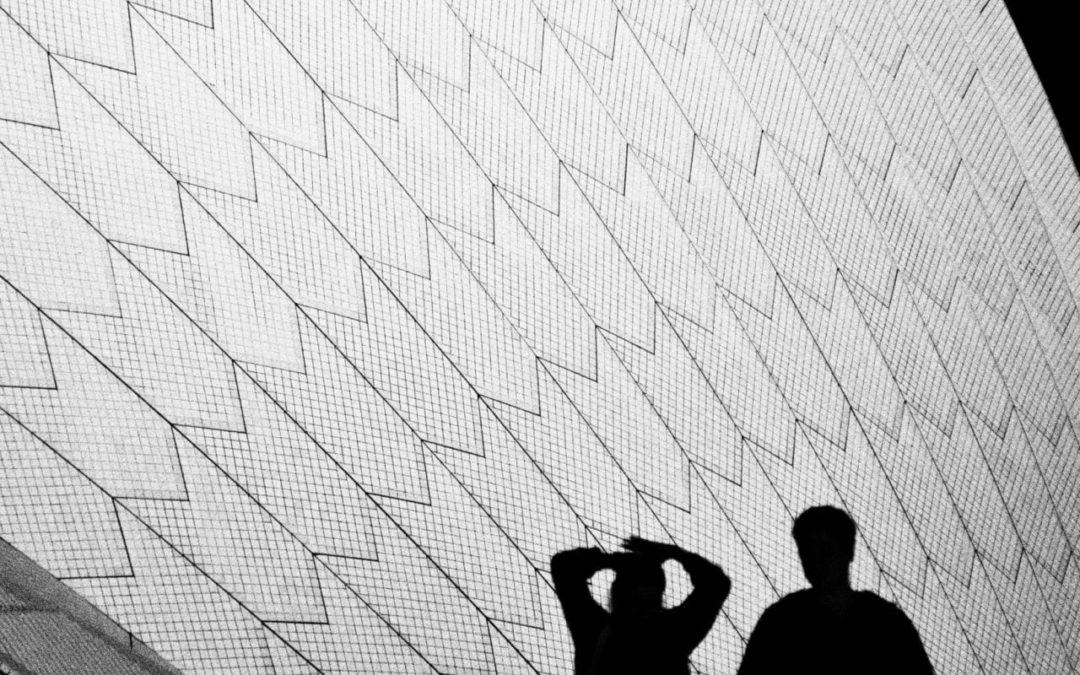SILHOUETTES, AN EXPLORATION OF THE MYSTERY OF LIFE
Life is the greatest mystery. We try to explain it through science, religion as well as spirituality. Though many of these explanations seem sufficient for many people, for me the infiniteness of life defies simple explanations.

Figure 1: Female silhouette. Barcelona, Spain, 2014.
Art, and photography in particular, presents an opportunity for artists to explore a certain aspect of life’s enigma. In many cases, a photographer sheds light on the unknown and is able to tell an entire story in just one picture. However, occasionally a photographer intentionally or unintentionally leaves a degree of ambiguity in a shot echoing the broader mystery of life.

Figure 2: Returning surfer. Bondi Beach, Australia, 2016.
This unspoken story can sometimes be explored by asking the photographer about the events surrounding the picture, the photographer’s thought process, the technical details of the shot and information about the subject. If asked, I usually tell people a part of the story, but not the complete story. I enjoy leaving some parts of the story about my images hidden. This is especially true in my silhouette pictures. Like life in general, the mystery surrounding a silhouette in a picture is more powerful than the image itself.

Figure 3: Lone traveler. Liege train station, Belgium, 2015.
The mechanical part of making a silhouette photograph is simple. But the artistry of this type of photo draws a viewer into a story outlined by the photographer but finished by the viewer. Each well-composed image is a mystery that even the photographer cannot fully explain.

Figure 4: Partial silhouette of woman at bus stop. London, England, 2016.
Part of what draws us to silhouettes is that it’s actually quite rare for us to see a true silhouette with our own eyes. Human eyes are much more sophisticated than even the most advanced cameras, so we’re able to easily see details in the brightest and the darkest parts of a scene simultaneously.

Figure 5: Silhouette of uphill walkers, Monschau, Germany, 2015.
Producing a photographic silhouette is relatively simple and can be taught. You just need to expose your shot for the brightest area of the scene. Then the darkest part, typically the subject, will become nearly dark. Once the shot is made in this way, some minor photo processing will produce a silhouette.
Silhouettes can make powerful photographic statements. Quite a few photographers use this technique either routinely or on occasion, as part of their artistic expression. In my photos, the silhouette tends to be part of a minimalist picture and is generally the central subject.

Figure 6: Silhouette model. Seville, Spain, 2016.
Having a silhouette in a photograph does not itself guarantee an effective image. The artistry behind these images is far more complex. The subject is the critical first element, followed by the background and the placement of the subject relative to the background. All these are elements which must be taken into account. Beyond these, there’s always a certain je ne sais quo which perhaps the photographer cannot even explain.

Figure 7: Woman entering tunnel. Tallinn, Estonia, 2016.
Silhouettes create a profound sense of mystery since so much of the central subject is obscured. When silhouettes are of people, this mystery can be deep, and we instinctively use our imagination to fill in the gaps. We wonder what the person was doing, what they were thinking, and, why did the photographer decide to accentuate the sense of mystery during that exact moment. This internal dialogue of the viewer can draw them into a picture more powerfully than any other type of photograph.

Figure 8: Lovers at the opera. Sydney, Australia, 2016.
Much like life, many of the questions surrounding the meaning of a photographic silhouette cannot be answered. The photographer merely sets the stage and creates a partially written play. Each person who views the picture will reach a different interpretation, a different conclusion and create a different final act. This process makes the final reading of silhouette pictures unique for each viewer.
About the artist:
Rizwan Ali is an American photographer who has lived and traveled extensively in Europe. He is very influenced by photographers Henri Cartier-Bresson, Sebastião Salgado and Robert Frank. He primarily shoots black and white, urban and street scenes. He posts regularly on Instagram (@rizwan.on.mars), Facebook and his own website under the nom du photographe of Rizwan On Mars (www.RizwanOnMars.com). His most recent formal exhibition was hosted by a gallery in Belgium. His street photography was also selected for exhibition at a Belgium street festival, Mons arts de la scène (Mons Performing Arts Festival). Contact him directly at [email protected].

